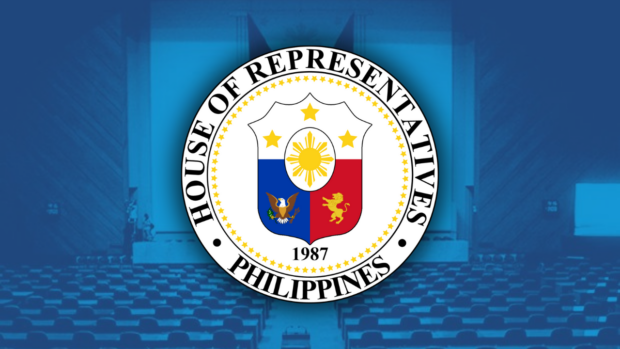Solon urges creation of protocols for extreme heat

INQUIRER FILE PHOTO
MANILA, Philippines — A lawmaker has called on state meteorologists to create government protocols whenever the country goes through extreme heat, just like what they have for rainy seasons or during strong typhoons.
In a statement on Wednesday, Valenzuela City Rep. Eric Martinez said that the protocol should be specifically tailored for the dry season, as climate change appears to be inevitable and a new normal for the world.
Martinez explained that the Philippine Atmospheric, Geophysical and Astronomical Services Administration (Pagasa) should adapt to these changes.
READ: Dangerous 42ºC – 43ºC heat index hits 7 areas
New normal
“This is the new normal with global warming, and Pagasa also has to adapt to this new normal,” Martinez said.
“If there is a protocol for the rainy season, there should be one for the summer period,” he added.
Currently, Pagasa employs a tropical cyclone wind signal warning system, which is based on the wind speed of a cyclone. The warning has five levels—Signals Number One to Five.
READ: NDRRMC: Emergency response protocols activated amid Super Typhoon Betty
However, Martinez said Pagasa can only perform this mandate if it is elevated into a level where it is the primary authority in weather-related decision-making.
This means, the lawmaker noted, that Pagasa should take on a more active role in crafting policies and making key decisions when the issue involves the state of the country’s weather.
“Pagasa should really be the agency being heard by all, not just the mayor who would say that because it is hot, classes will be suspended,” Martinez pointed out.
Taking precaution
Anakalusugan party-list Rep. Ray Reyes meanwhile urged the public to be vigilant regarding the possible prevalence of heat-induced ailments as Pagasa continues to monitor high heat indices across the country.
READ: Pagasa: Drought may hit 24 provinces due to El Niño
Earlier, Pagasa said that seven areas in the country have reached the “danger category” heat index — which ranges from 42 to 43 degrees Celsius.
“We really feel the intense heat and we remind everyone to be more mindful of its possible effect to our health,” Reyes said.
“Safety is of paramount importance and extreme caution should be taken during these temperature surges. We should be alert especially if we experience ailments which are related to hot weather,” he added.
Reyes said taking preventive measures are important in avoiding heat-induced ailments—including ensuring that workers are protected from unbearable working conditions.
“Heat-related illnesses are preventable. Some of the things we can do now is to limit our stay outdoors during noontime, drinking lots of water, and avoiding tea, coffee, soda, and alcoholic beverages,” Reyes said.
“Let us follow this advisory for the welfare of our employees, especially those in manual labor who are working outside office settings,” he added, referring to the Department of Labor and Employment’s Labor Advisory No. 8, series of 2023.
Intense heat is felt in the country alongside the El Niño phenomenon, which is characterized by Pagasa as the unusual rise in average sea surface temperatures (SSTs) in the central and eastern equatorial Pacific, resulting into warmer waters.
As an effect, below-normal rainfall is expected, which can cause dry spells and droughts in several areas.
Last February, Pagasa said that 23 provinces in Luzon and one in the Visayas may be affected by a drought due to the El Niño, saying that the phenomenon may persist until May.